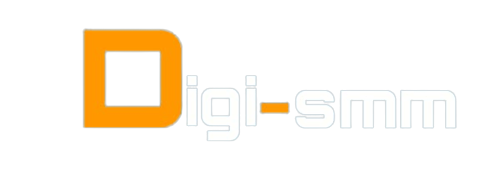Yellow Pages data
About this service
The yellow pages are telephone directories of businesses, organized by category rather than alphabetically by business name, in which advertising is sold. The directories were originally printed on yellow paper, as opposed to white pages for non-commercial listings. The traditional term "yellow pages" is now also applied to online directories of businesses.

Yellow Pages data
Welcome to Yellow Pages!
The yellow pages are telephone directories of businesses, organized by category rather than alphabetically by business name, in which advertising is sold. The directories were originally printed on yellow paper, as opposed to white pages for non-commercial listings. The traditional term “yellow pages” is now also applied to online directories of businesses.
In many countries, including Canada, the United Kingdom, Australia, and elsewhere, “Yellow Pages” (or any applicable local translations), as well as the “Walking Fingers” logo introduced in the 1970s by the Bell System–era AT&T, are registered trademarks, though the owner varies from country to country, usually being held by the main national telephone company (or a subsidiary or spinoff thereof).] However, in the United States, neither the name nor the logo was registered as trademarks by AT&T, and they are freely used by several publishers.
History
The name and concept of “yellow pages” came about in 1883, when a printer in Cheyenne, Wyoming, working on a regular telephone directory, ran out of white paper and used yellow paper instead. In 1886, Reuben H. Donnelley created the first official Yellow Pages directory.
Today, the expression yellow pages is used globally in both English-speaking and non-English speaking countries. In the United States, it refers to the category, while in some other countries it is a registered name and therefore a proper noun. The term Yellow Pages is not a registered name within the United States and is freely used by many companies. Telephone directories using the Internet domain name “yellowpages.cc” (where cc is the ccTLD) exist in 75 countries. They are edited by many different phone companies and directory publishers, mostly independently.
A particular yellow pages is a print directory which provides an alphabetical listing of businesses within a specific geographical area (e.g. the Tampa Bay area), which are segregated under headings for similar types of businesses, such as plumbers. Traditionally, these directories have been published by the local phone company, but there are numerous independent directory publishers. Some yellow pages publishers focus on a particular demographic (e.g. Christian yellow pages or business pages).
Yellow pages directories are usually published annually and distributed for free to all residences and businesses within a given coverage area. The majority of listings are plain and in small black text. The yellow-pages publishers profit by selling advertising space or listings under each heading. Advertising may be sold by a direct sales force or by approved agencies (CMR’s). Available advertising space varies among publishers and ranges from bold names up to four color twin page ads (“double trucks”).
In the United States, the predominant yellow pages are DEX One‘s DEX, the AT&T Real Yellow Pages, Yellowbook, and the Superpages.

Business listings used for publication are obtained by several methods. Local phone companies that publish yellow pages directories rely on their own customer lists and include business listings that are provided by incumbent local exchange carriers (ILECs).
Advertising in yellow pages directories requires payment in full prior to printing or may be billed monthly over the life of the contract, which is usually 12 months. Typically, sales representatives help customers to design their ads and provide a proof copy for review and approval.
Yellow pages’ print usage is reported to be declining with both advertisers and shoppers increasingly turning to Internet search engines and online directories. According to a study by Knowledge Networks/SRI, in 2007, print yellow pages were referenced 13.4 billion times, while Internet yellow pages references increased to 3.8 billion, up from 2006’s 3.3 billion online searches. As a result, most yellow pages publishers have attempted to create online versions of their print directories. These online versions are referred to as IYP or Internet yellow pages. Independent ad agencies or Internet marketing consultants can assist business owners in determining sound opportunities for yellow pages advertising and provide objective information on usage, possession and preferences.
Archived yellow pages and telephone directories are important tools in local historical research and trademark litigation
